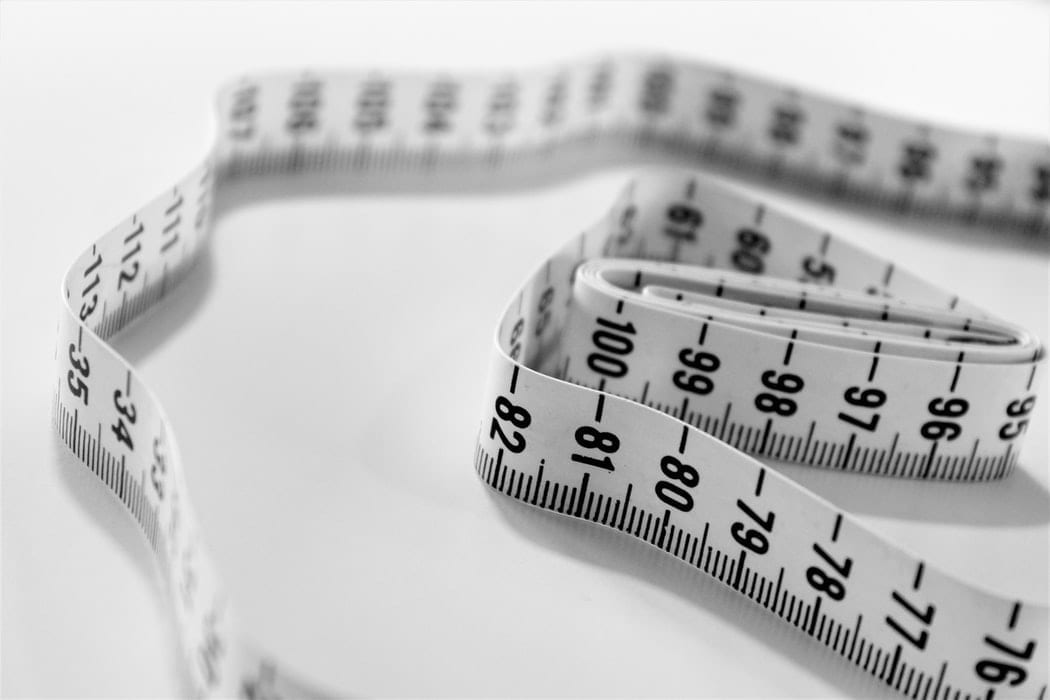Trigger Warning: This article contains references to eating disorder behaviours.
TikTok first hit the app store in 2016 and has since amassed over 1.9 billion downloads worldwide. Hailed as the new Vine, the premise of the app is simple: users create short videos and give them an audio overlay. Although popular for its comedy skits, TikTok has gained a vast amount of criticism for the problematic content that can be found on the app. One area that has received a great deal of attention has been the presence of pro-eating disorder (ED) messages, specifically in relation to anorexia.
According to TikTok’s Community Guidelines ‘Content that promotes eating habits that are likely to cause health issues is […] not allowed’. In an attempt to remove pro-ED related content, TikTok has removed hashtags that directly allude to maladaptive behaviours. Rather than ridding the site of harm, what this has done is push users to other hashtags, such as #eatingsdisorder which has over 30.4 million views alone.
For individuals suffering from anorexia, actively seeking pro-ED content is a common behaviour, and appeals to the competitive nature of the illness. After only a couple of minutes searching, it was clear that some individuals were using the app to document their weight loss and to encourage others to do the same. One video, for instance, shows a girl’s contempt at gaining 2lbs overnight despite restricting and eating healthily. The video ends with her declaring how she will try laxatives instead. This has over 57,000 views and is accompanied by comments spurring the user on and wishing that they could do the same.
Videos like this are just the tip of the iceberg. Other accounts of a similar vein can be seen sharing calorie burning tips and body measurements. When searching, for want of a better word, more ‘normative’ hashtags such as #weightloss and #dieting, you cannot help but notice the presence of yet more pro-ED messages. From ‘What I Eat In a Day’ videos where individuals dramatically restrict their calorie intake to videos promising to have you ‘Lose 7lbs In a Week’, maladaptive behaviours form a niche of their own. With no scientific or nutritional advice to legitimise the behaviours promoted, content of this sort has the potential to put people’s lives at risk. Given that EDs can often stem from extreme dieting, it is not just pre-existing sufferers who are vulnerable: there is the danger of those with no previous mental health issues falling down an ED related rabbit hole on the site. Although the creators of this content may not place themselves in the pro-ED camp, these videos reveal how health can be used as a narrative to perpetuate harmful behaviours.
However, the existence of an ED community on the app is a double-edged sword. Whilst it can function negatively, research has found that social media can create supportive conditions for individuals with stigmatised conditions. As a result, TikTok’s platform has the potential to empower and help vulnerable groups. A large proportion of content I came across appealed to anti-ED messages and stemmed from recovery accounts. Making use of the Gen-Z dark humour that is a key component to TikTok’s viral hits, a lot of the videos under the same pro-ED hashtags identified earlier can fall under two anti-ED categories: skits relating to having had an ED, and recovery videos.
For those who have recovered from an ED, watching this kind of content could be beneficial, with studies reporting that by sharing recovery experiences online, individuals can form counter-cultural communities centering around support and accountability. Likewise, such videos can also be seen as being coping mechanisms for the creators. Not only does the reflection of the recovery journey solidify life pre and post ED, but the humour used in the skit videos embodies the psychological phenomenon of ‘gallows humour’. It is posited that humour facilitates resilience in the name of hardship. As a result, these comedic videos represent the creator’s attempt to deal with illness using constructive methods.
The co-occurrence of pro and anti-ED content on TikTok serves to show the power of social media. Given that in the UK 18-24 year olds make up the largest user demographic, accounting for 26% of activity, TikTok’s responsibility to safeguard users speaks for itself. So, how can TikTok further safeguard its users whilst maintaining a space in which supportive behaviours are facilitated? Rather than relying on AI to moderate content, TikTok could incorporate more human methods into the regulation process. Although at present there is the option to click ‘Not Interested’ when viewing a video, this feature is hidden compared to other functions. For users who are actively aware of the negative impact of certain videos, making this feature more visible would be invaluable in one’s mental, and physical, health journey. However, this does not safeguard those who do not understand the impact yet or flag the video site-wide to protect other users.
As the app increases in popularity, TikTok should also take the time to work with medical experts to explore the use of social media where eating disorders are involved. Using this information to then inform moderation practices and censoring systems leading to the creation of stronger Community Guidelines. With other social media sites being relatively slow to deal with EDs, there’s a chance for TikTok to beat the lethargy among the other tech giants and represent a positive force for mental health advocacy online.
Words by Lucy Robinson
